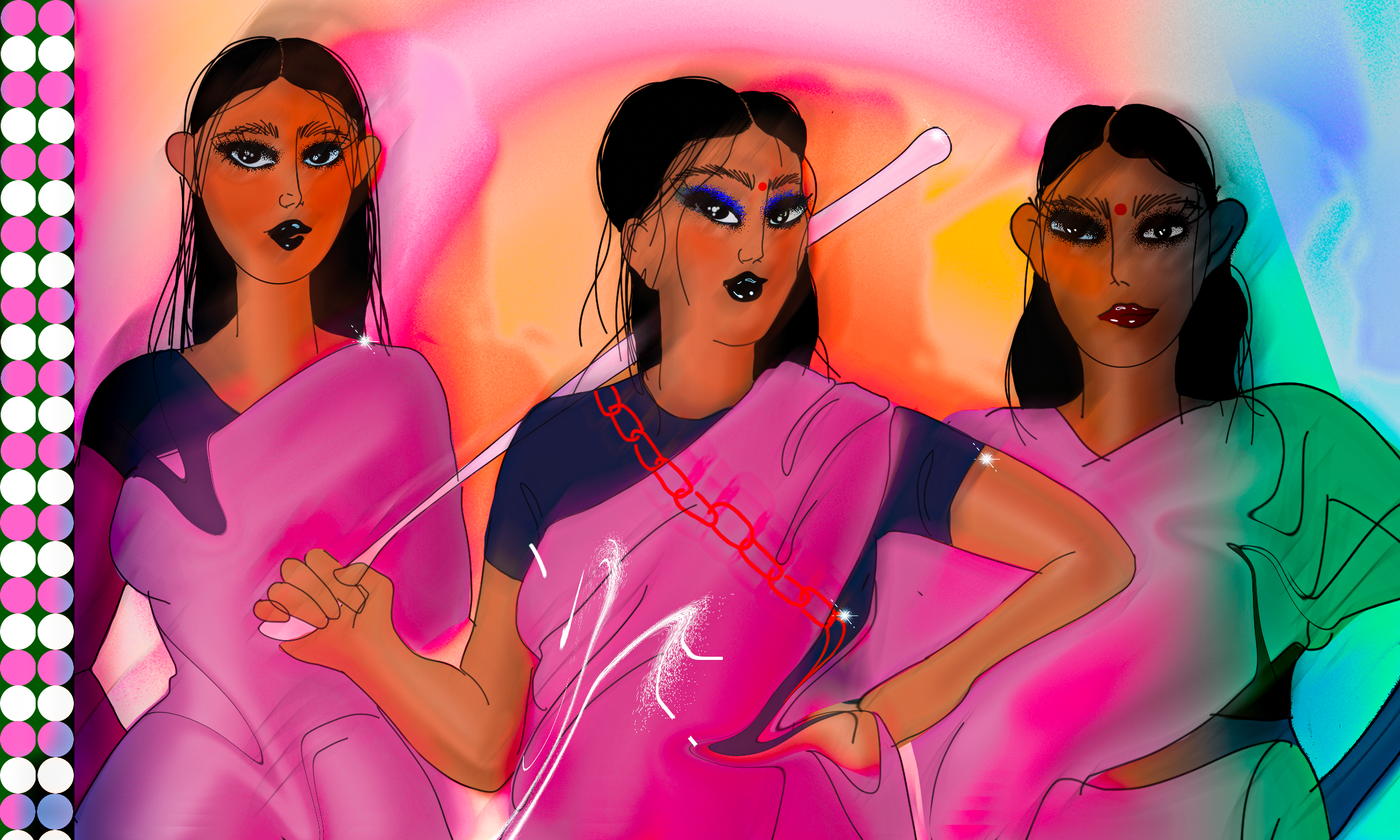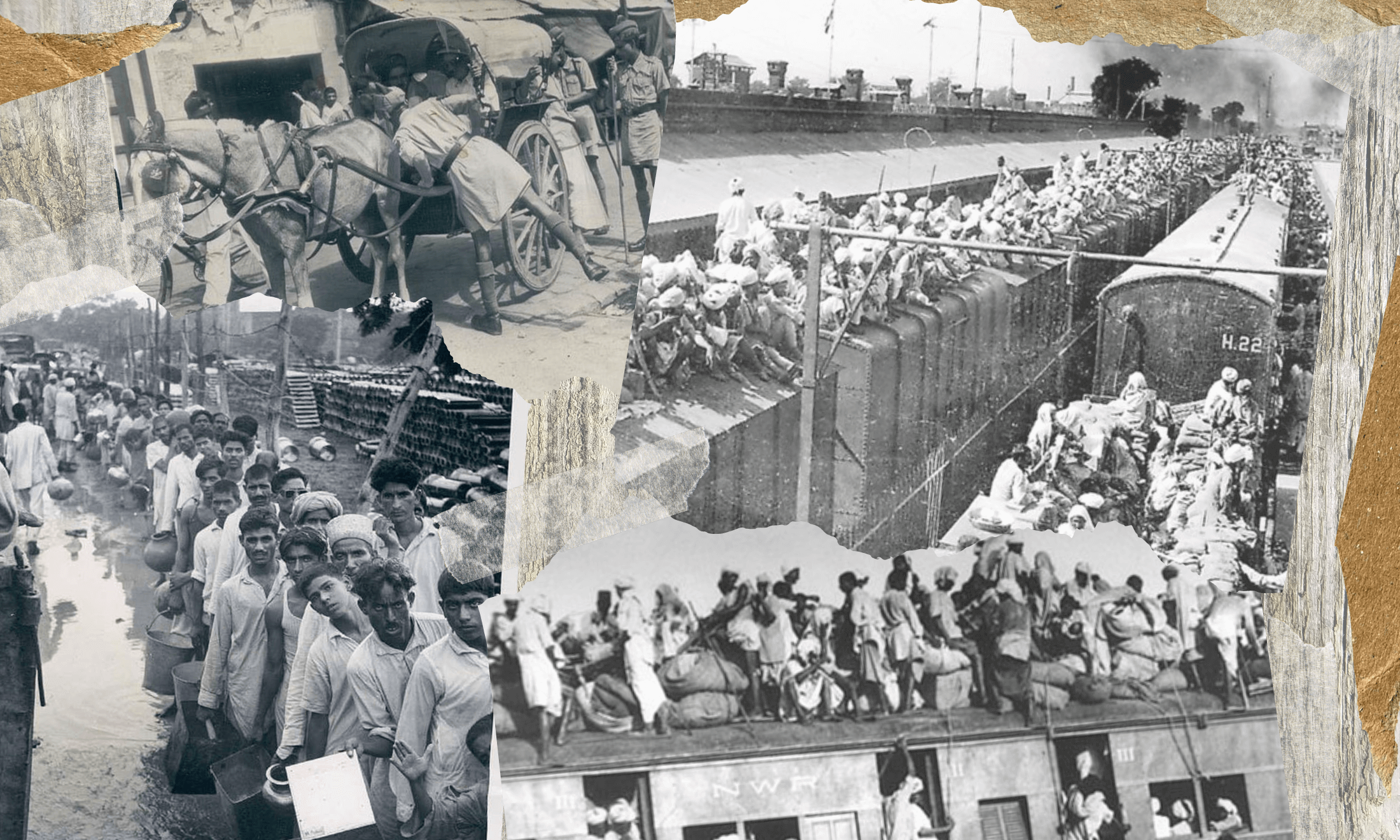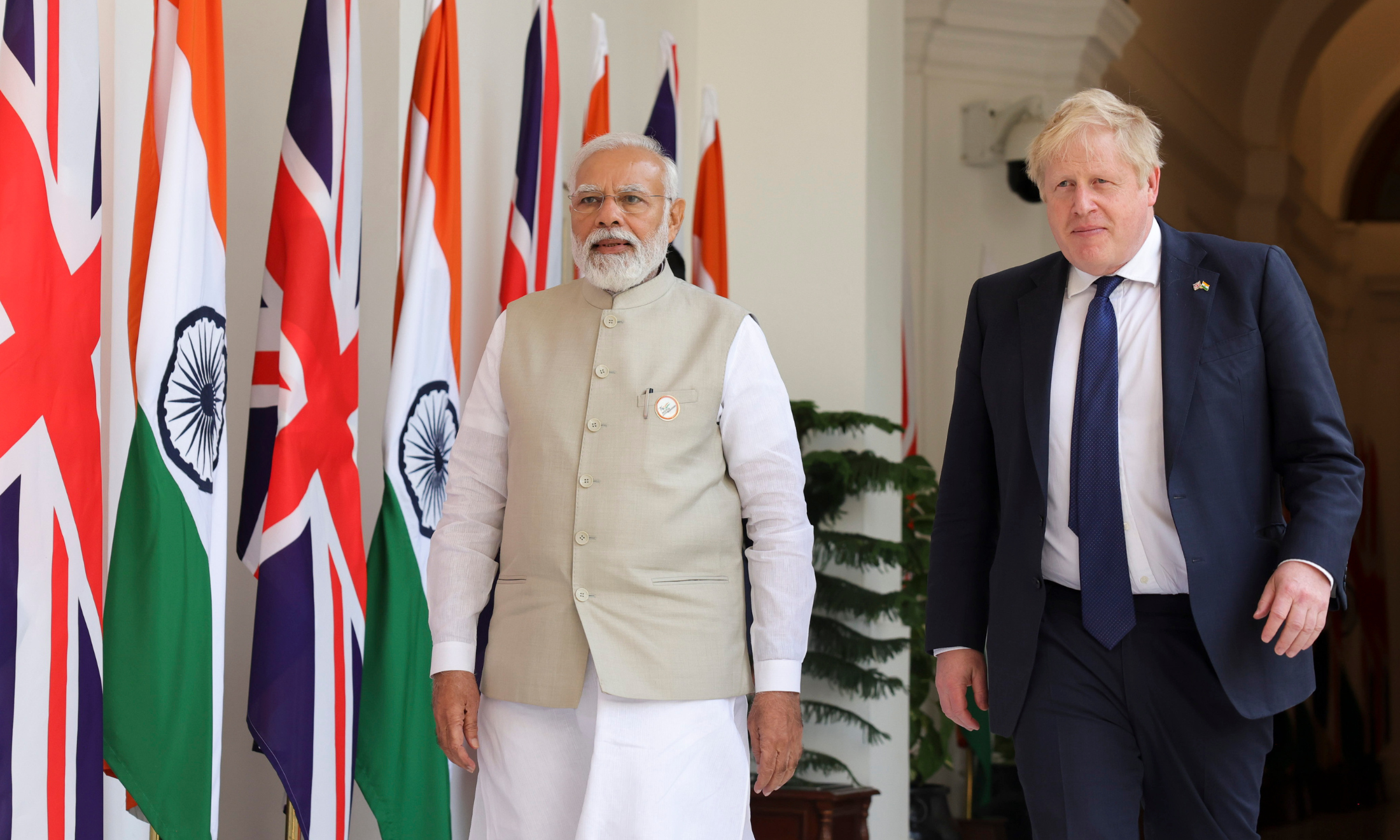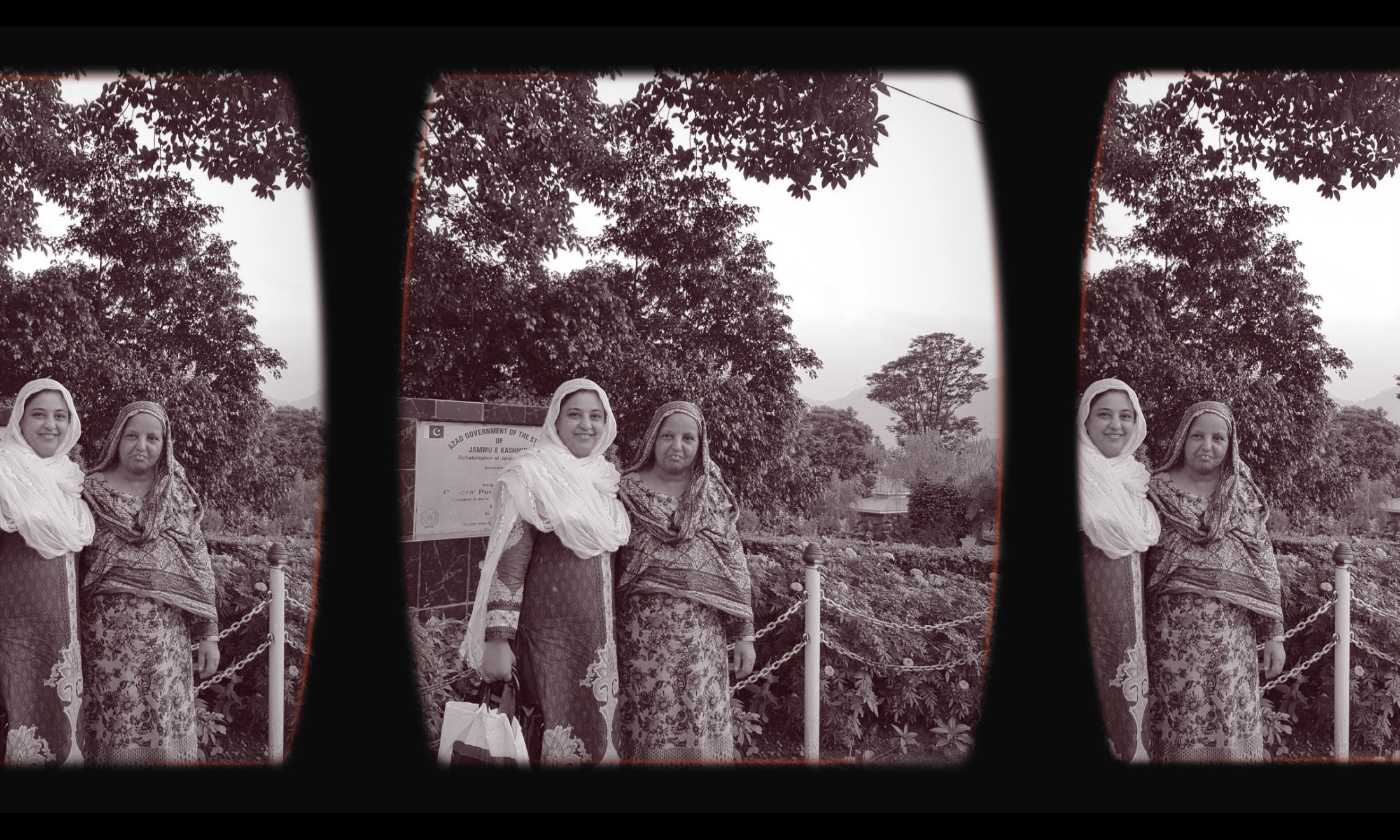
Ragavee Balendran
Diwali taught me that ancient stories can help us face modern problems
As the festival of lights returns this year, we reflect on how ancient myths were written to explain the 'unprecedented times'.
Nayonica Ghosh and Editors
04 Nov 2021
Before Leicester City won the Premier League in 2016 or archaeologists discovered the remains of King Richard III in 2012, my hometown was best known for hosting the biggest Diwali celebrations in the world (outside of India). Diwali, the festival of light, is celebrated by Hindus, Jains, Sikhs and Buddhists. Different communities will tell you different stories about the origins of the festival, as observances of the auspicious period vary by region. However, in Britain, it’s widely recognised as a commemoration of the homecoming of Prince Ram of Ayodhya, his wife, Sita, and his brother, Laxman, after a 14-year exile. This tale is found in the Ramayana, one of the two Sanskrit epics. The prince’s family adorned the city with lights and colourful rangoli to welcome their son home, providing the inspiration behind Diwali celebrations.
As a child, my favourite comic books to read were Amar Chitra Katha, a series of children’s comics with abridged versions of classic Indian tales, including the Ramayana. At the end of each book, a set of questions invited readers to reflect on what they learnt from the heroes of the stories, always championing cerebral characteristics like bravery, wit and (oddly enough for a children’s comic), strategic prowess on the battlefield.
I would finish these books wide-eyed and play-acting scenarios where I was a grown-up deity with superpowers able to outsmart all my imaginary enemies. As a child, I never picked up on the more subtle lessons to be learnt from these myths that could make dealing with our problems as adults more manageable. Last year, when we brought the festivities home at the height of the November 2020 lockdown due to the Covid-19 pandemic, a newfound sense of ‘Diwali Spirit’ emerged in me.
“If a Diwali passes in Leicester without anyone around to hear a firework, was it ever really Diwali at all?”
Naturally, Leicester City Council had moved its celebrations online. Eight months into the pandemic, Leicester had undergone one of the longest periods of the toughest regional restrictions in the country. Processing the concentration of illnesses and losses of life that precipitated those restrictions, it felt like there would never be any relief for our community. After all, if a Diwali passes in Leicester without anyone around to hear a firework, was it ever really Diwali at all? The constant optimistic messaging of staying ‘united apart’ from MPs and television adverts felt patronising and the idea of ‘Zoom’ Diwali just felt disheartening,
A sentiment I’ve heard, almost universally, from religious friends and family of differing faiths, is that turning to holy texts is a bit like consulting a study guide for life: Whatever obstacle you’re facing, no matter how challenging, you’ll find a solution within those words.
I’m not hugely religious but, with both the literal and proverbial lights in the festival of lights dimmed in 2020, all that was left was the source material. And so, I leaned into what I’d heard and decided to revisit the Diwali story in search of a much-needed morale boost. I ended up finding some fitting parallels between these strange and uncertain times and experienced two valuable shifts in perspective that I’ll likely carry with me forever.
“I leaned into what I’d heard and decided to revisit the Diwali story in search of a much-needed morale boost”
Ram, Sita and Laxman spent 14 years banished and isolated in a forest, waiting to return home. I realised that our restrictions would end one day too; that the things getting us down will pass, no matter how bottomless they seem in the moment. Just like the heroes of our story, sometimes all we can do is take things one day at a time. I kept telling myself: “Just because you can’t see the light at the end of the tunnel, it doesn’t mean it’s not there.”
By November, last year, we were all fatigued from the onslaught of muddled guidance. Left at the mercy of a negligent government, our prolonged individual sacrifices felt futile and almost insulting. To find the resilience to make it through the next few months, I turned to the part of the story where Ram draws a protective line around where the three are staying and asks Sita to stay at home no matter what, as there are dangers outside that she won’t be able to see (sound familiar?). Sita is later tempted out of her sanctuary to feed a golden deer, who transpired to be Raavana , the king of Lanka, who kidnaps her. As the days in lockdown began to muddle together and the notion that my staying at home was in any way helping fight against Covid-19 began to feel more and more like fiction, this part of the fable confirmed to me that our actions and efforts are meaningful, even when we can’t see how.
The Ramayana, like many scriptures, was written for a time and a patriarchal society that is no longer representative of the values we should aspire to uphold today. However, the anchoring sense of relief I have found from grounding the apocalyptic events of the last year or so in mythical tales nudged me to reflect on why it was that communities and places of worship, especially in Leicester, continued to dedicate their time to preserving these stories. How have they maintained such a universal appeal across the generations?
“Our ancestors wrote myths as a way to interpret and explain the unexplainable”
In some ways, this past year feels like it came from absolutely nowhere and yet we can still find relevant ancient stories that seem far from obsolete. Our ancestors wrote myths as a way to interpret and explain the unexplainable. There is comfort in knowing that there is nothing new under the sun, that these feelings of isolation and confusion aren’t brand new. The onus isn’t on us to invent new emotional coping mechanisms. There is centuries-old guidance, hidden away for us to find when the time is right. Isn’t it so uplifting to imagine there were people and ancestors looking out for us, long before us?
Perhaps it’s important to equip ourselves for disasters of epic proportions with tales from ancient epics that are larger than our imaginations, because they serve as a map for when things take a turn for the unpredictable. Or maybe, we need these fantastical stories, about heroes hitting rock bottom and rising from the ashes in small doses throughout our lives to train us in optimism. When all else goes sour, the only thing strong enough to push us to persevere is the audacity to believe there is something better coming. All I know for certain is that details of the Diwali story that I had once dismissed as narrative accessories ended up forming a fable about community spirit, resilience and patience that I found at the perfect time. Now, I want to tell everyone to revisit the stories they grew up with, in case they find the same solace or comfort.
“Details of the Diwali story that I had once dismissed as narrative accessories ended up forming a fable about community spirit, resilience and patience”
The pandemic and its residual effects are far from over. As cases and hospitalisations rise through the winter, we should continue to exercise caution. We are still in a period of collective mourning and recovery and should still be turning our attention towards supporting the most vulnerable in our society through this time. However, as families reunite in person for Diwali, potentially for the first time in two years, it will symbolise to me that the affirmations I searched for and clung to in the Diwali story last year were, in fact, true. A new year did arrive and our daily efforts during this time have been and will continue to be, worth it.
From now on, whenever I am arrested by a sense of helplessness or craving the antidote to feelings of stagnation, the arrival of Diwali will eternally serve as a reminder that no matter how slowly, the worst shall pass. The essence of Diwali transcends the glow of opulent lights. The scale and jubilation of these celebrations make a lot more sense now that we have lived through events extreme enough to rival the mythological ones. After a year of confronting our own mortality so intimately, the only appropriate response is to literally set the sky alight.
This year, I’m joining the rest of Leicester in my eagerness to welcome back the in-person celebrations that make up such an integral part of the city’s fabric. For the first time in my life, I can say I am not just ‘observing’ the festive period from a distance. I’m immersed in it and celebrating it, just as the people of Ayodhya did.









